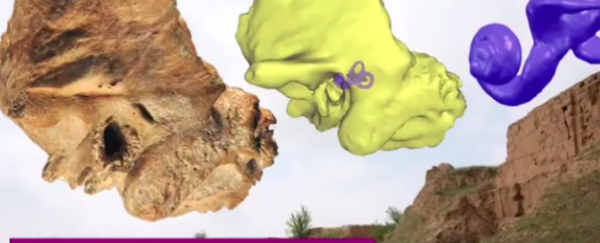From elephant-hunting Americans to ancient human remains that suggest our evolution was even more complex than we thought, there have been a great deal of significant archaeological finds of late. RiAus's A Week in Science discusses the science behind them.
Believe it or not, ancient Americans hunted elephants. An archaeological site recently uncovered in Mexico has revealed the 13,400-year-old remains of a camp of Clovis people - a prehistoric Palaeo-Indian culture distinguished by some unique stone tools found near Clovis in New Mexico during the 1920s and 1930s.
In this camp were parts of Gomphotheres, which were the ancient ancestors of modern elephants. Remains of bison, mastodons and mammoths have also been found in Clovis camps, suggesting these people had quite a varied diet, specialising in some enormous prey.
Another amazing archaeological find relates to a 1,000-year-old human skull found in northeastern China 35 years ago. Recent CT scans of the skull have revealed that its inner ear closely resembles that of the Neanderthals, while other bones found at the site do not. What does this mean for our understanding of where modern humans came from? Watch the latest episode of RiAus's A Week in Science above to find out.
Source: RiAus
